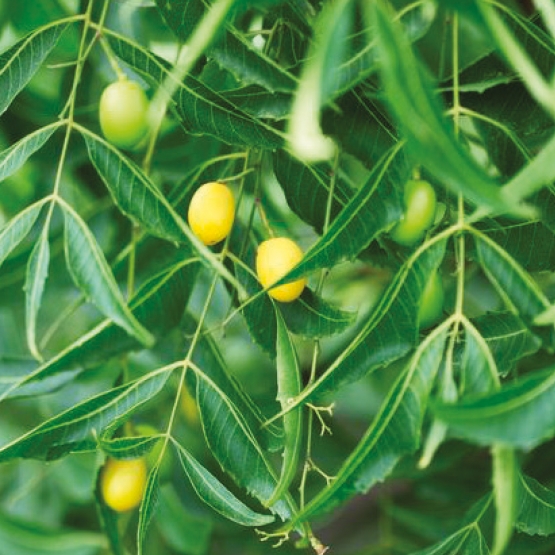Ours is a holistic approach that does not hinder the physiological processes of the body. It's an approach that encourages the restoration of balance, by combatting the causes of symptoms as efficiently as possible and ensuring fast relief.
Symptoms and relief
SELECT YOUR NEED
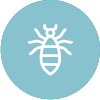
Pediculosis
HEAD PEDICULOSIS
Pediculosis is a very common infestation caused by lice, parasites specific to humans. There are three different species of lice:
Pediculus humanus capitis (head louse; lives in the hair)
Pediculus humanus corporis (body louse, lives on the body and clothing)
Pthirus pubis (found in the pubic region)
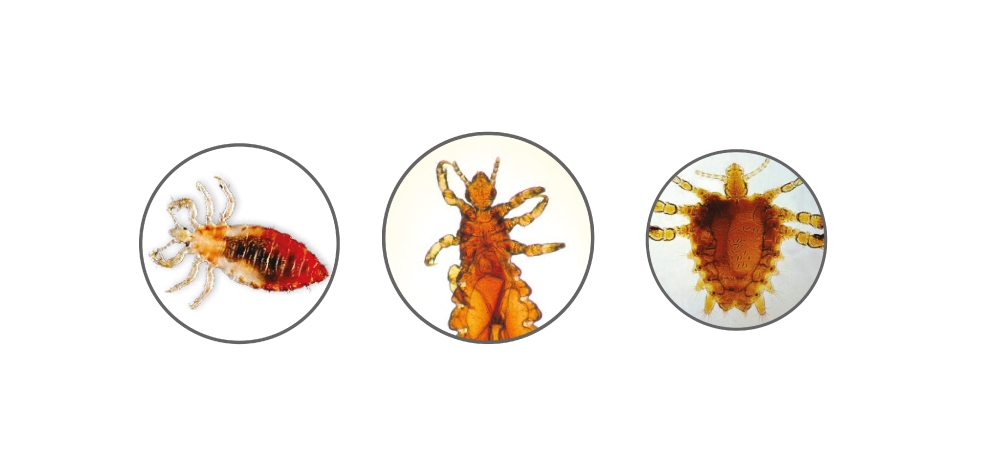
HEAD LICE
Itchy head
Scabs appear on the neck
Eggs are visible
Lymph nodes are dilated

DID YOU KNOW:
Why do we feel the need to scratch when we have lice?
This is an allergic reaction to their saliva!
WHAT ARE THE SYMPTOMS?
The characteristic symptom of pediculosis is itching, due to an irritative-allergic reaction to enzymes in the louse's saliva. Superficial lesions produced by scratching can result in impetigo of the scalp and inflammation of the lymph glands behind the ears and in the back of the neck (regional lymphadenopathy).
Sometimes the infestation can be symptomless, making it difficult to identify.

In schools, head lice affect 10 percent of students, amounting to about 1.5 million children each year.
- from 1 to 6 years old (800,000)
- from 7 to 12 years old (500,000)
- from 13 to 18 years old (200,000)
HOW DOES CONTAGION OCCUR?
Lice do not fly or jump: they are transmitted only through direct contact or the shared use of objects such as brushes, hats or towels.
WHERE DO THEY LIVE?
They colonize the scalp of their host, where they lay eggs (also called "nits"). Special lotions and fine-toothed combs must be used to remove them.
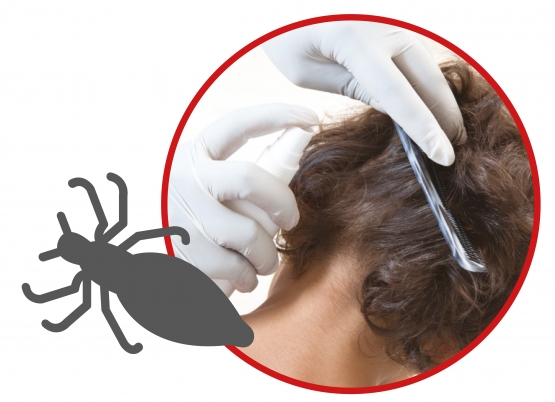
THE IMPORTANCE OF PREVENTION
There is nothing to be ashamed of! Head lice are not synonymous with being dirty or having poor hygiene. However, to reduce the risk of infestation, it is important to practice good hygiene, avoid sharing combs and clothing and check the nape of the neck often. There are also specific products that make the scalp an unfavorable environment for lice proliferation.
GSE: Grapefruit seed extract
It has a selective antimicrobial effect and helps keep the hair in good condition, creating an unfavorable environment for colonization by lice.
Lavander essential oil
Known for its relaxing properties, it is also a formidable anti-itching remedy and insect repellent. It helps keep the hair in good condition, creating an unfavorable environment for colonization by lice.
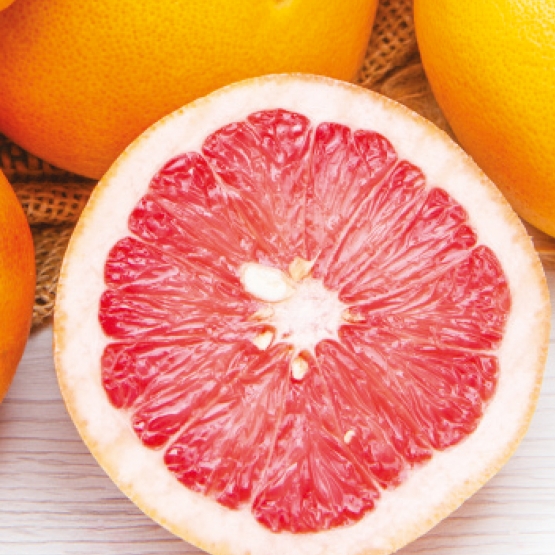
Sassafras
The volatile oil that is extracted from the bark of this plant is a natural antiparasitic, widely used in the treatment of pediculosis. It helps keep the hair in good condition, creating an unfavorable environment for colonization by lice.
Rambutan
Harvested from the evergreen tree of the same name, with its antioxidant action, it promotes the neutralization of odors, revitalizes the scalp and keeps the hair healthy and lively ("rambut" means hair in Malay).
Plant keratin
A vegan alternative to animal keratin, it acts as a hair restructuring agent and makes the hair easier to comb, aiding in the removal of nits. It penetrates deep into the hair, moisturizing it and making it shiny.
Neem oil
Extracted from the fruits of a plant of Indian origin, it is a natural insecticide that hinders egg-laying.
Cade oil
Found in a shrubby plant of the Mediterranean maquis, it is a powerful antiseptic and antiparasitic.
